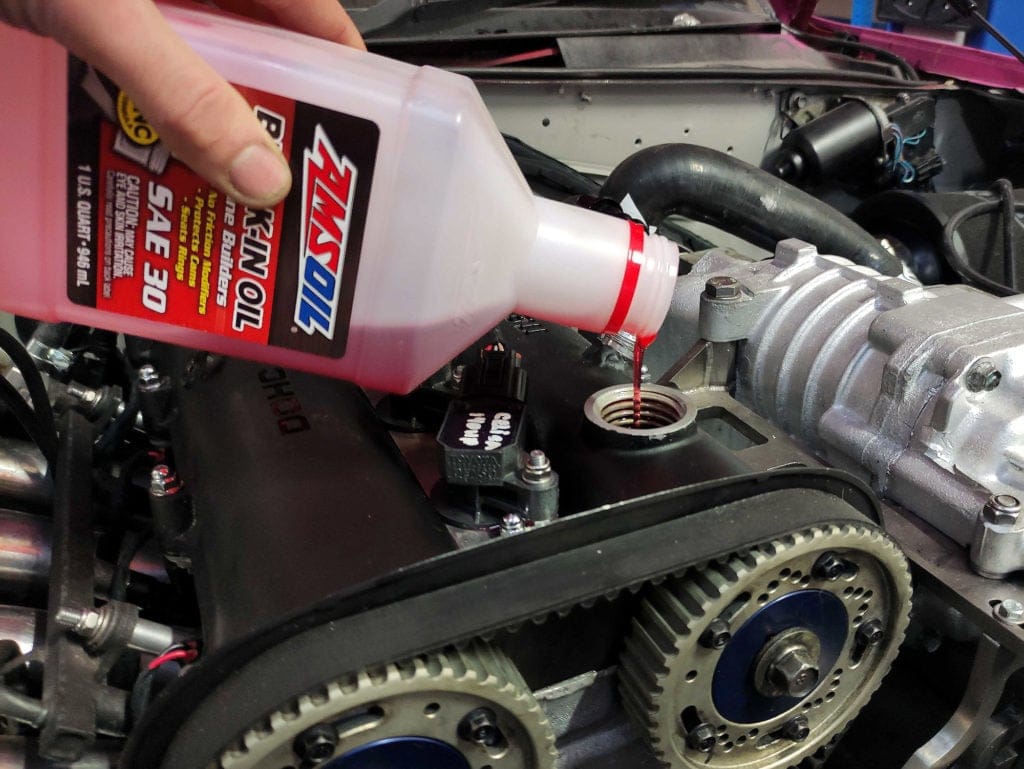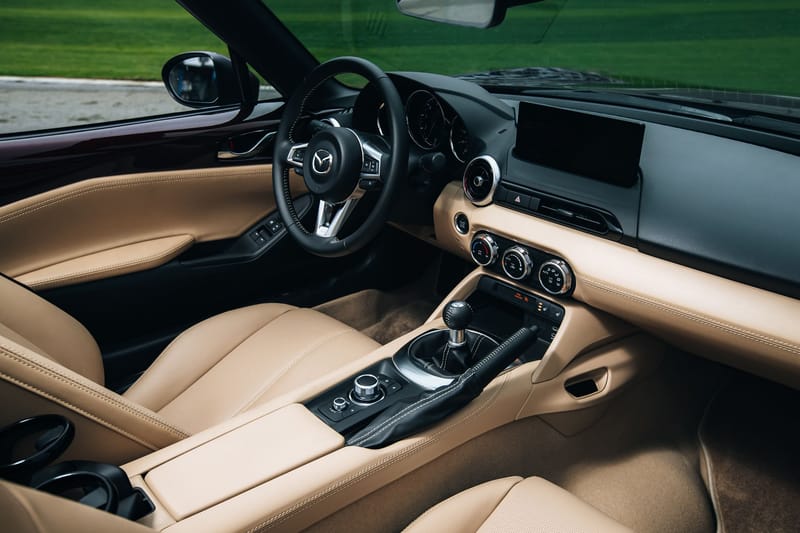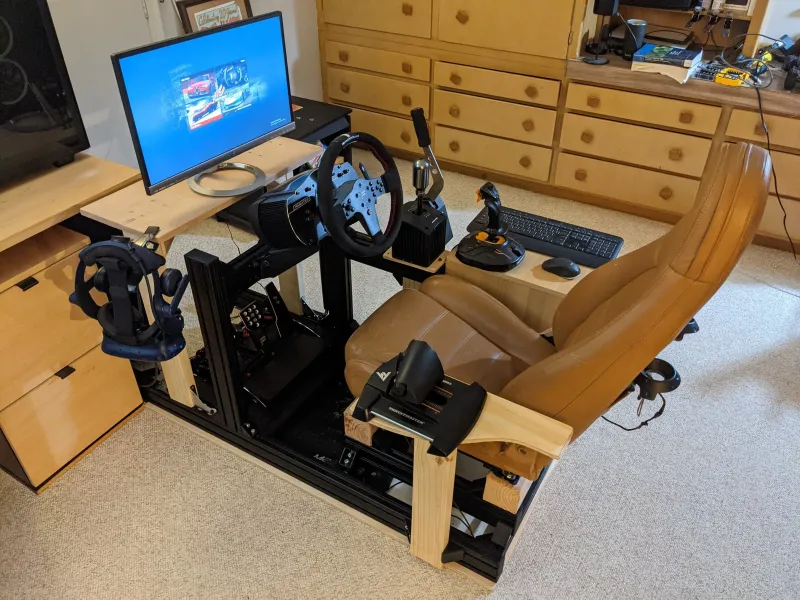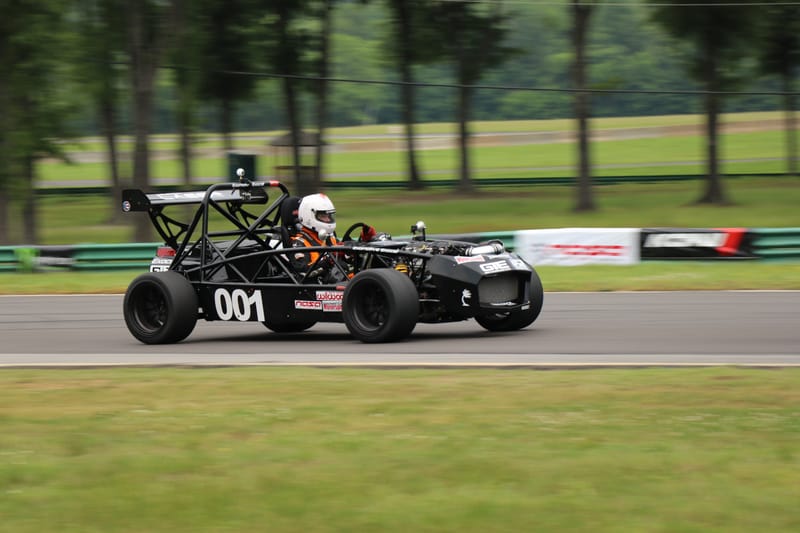Miata Oil Analysis for Track Use: Baselines, Intervals, Red Flags
Used-oil analysis (UOA) reveals what’s happening inside your engine—tracking wear metals, contaminants, and oil condition. Iron, aluminum, and copper show part wear; silicon, sodium, or potassium hint at dirt or coolant leaks.

Used-oil analysis (UOA) is a lab snapshot of what’s dissolved or suspended in your oil. It reports wear metals like iron from steel parts, aluminum from pistons and cases, and copper/lead/tin from bearings and coolers. It also flags contaminants such as silicon from dirt and sodium/potassium from coolant, plus oil condition markers like viscosity at 100 °C, flash point, fuel percentage, water, insolubles, and sometimes TBN, TAN, and oxidation. Track driving pushes oil hard with higher temperatures, sustained RPM, and more fuel dilution, so you don’t chase one perfect number, you build a trend for your specific engine and watch direction over time.
Knowing Your Baseline
Before stretching intervals, take one clean baseline sample during normal street use. Sample the oil hot within about 30 minutes of shutdown and catch the middle of the drain stream so you avoid the first and last drips that can be contaminated by pan debris. You can also use a clean vacuum pump through the dipstick tube. Label the bottle clearly with miles or hours on the oil, the oil brand and grade, the filter brand, the hours you spent on track for that fill (if any), and notes like peak oil temperature or any pressure sag. Ship the sample promptly and commit to doing the same method every time so your trend is apples to apples.

On the form, include the engine code and generation, B6 or BP for NA/NB, MZR 2.0/2.5 for NC, and Skyactiv-G 2.0 for ND, plus tune or boost level, oil brand and grade, filter, miles on the oil, hours on track, and any symptoms you noticed. That context helps the lab compare your results to their universal averages and give relevant comments.
Use your normal street interval for the baseline. On NA/NB cars, expect low wear if healthy; note that many replacement bearings are tri-metal (copper/lead/tin) or aluminum-tin, so copper/lead/tin are the usual bearing tells. For NC MZR engines, watch viscosity at 100 °C, fuel percentage, and insolubles as your main baseline trio. For ND engines, North America typically specifies 0W-20; use what your manual calls for in your baseline so later track samples are comparable.

Choosing Oil for Track Use
For HPDE, high-temperature/high-shear performance matters more than cold-start feel. A stout 30-weight or even a 40-weight is common to maintain film strength at track temperatures and to resist thinning from fuel dilution. Balance this against your climate and any warranty considerations. Base stock quality also matters under heat; PAO and ester synthetics generally offer better thermal stability and slower oxidation. If you change grade, brand, or add an oil cooler, write it on the slip so the lab reads your next report in the right context.

ND owners, in particular, often see hot oil temps on track. Many add a thermostatic oil cooler and step to a stouter 30-weight for HPDE. Document that change and let your UOA trend confirm you made the right call.
Oil Temperature Targets and When to Add a Cooler
A practical on-track window many Miata drivers use is roughly 215–235 °F for oil temperature. When you spend long stretches above about 250 °F, oil can thin, pressure can sag late in a session, and wear can accelerate. That’s the cue to improve airflow, step viscosity, add a thermostatic oil cooler, or all three. Thermostatic plates commonly begin routing through the cooler around 180–185 °F, which prevents over-cooling during street driving while still controlling heat on track.
Setting Your Initial UOA Interval
Think in hours, not just miles. Track miles aren’t street miles; they’re far harsher on oil. Start conservatively and pull a sample after your first one or two HPDE weekends, roughly five to ten track hours. From there, adjust based on how viscosity, fuel percentage, insolubles, and wear metals move across your events. Many club drivers change every one to three events; some race programs go every other weekend with UOA watching their back. Let your trend, not someone else’s rule of thumb, set the cadence.
Reading the Report
Wear metals tell a story. Iron points to steels like cylinders, cams, and shafts. Aluminum often traces to pistons or the crankcase. Copper, lead, and tin are classic bearing and bushing markers and can also come from oil cooler cores. Chromium is usually ring wear. One spike isn’t a teardown; what matters is a rising trend across fills and how multiple metals move together.

Contaminants are the next layer. High silicon along with rising iron suggests dirt ingestion from a leaky intake tract or poorly seated air filter. Sodium and potassium rising together often means coolant intrusion; if only one rises, check whether your oil uses that element as part of its additive package before assuming a leak.
Oil condition markers help you act in time. Low viscosity at 100 °C, a lowered flash point, and a reported increase in fuel percentage all support a fuel-dilution narrative, which thins oil and hurts pressure. If your lab infers fuel from flash point rather than gas chromatography, treat borderline calls with caution and verify with trend plus viscosity. Insolubles at or below about 0.5–0.6 percent is a healthy target in gasoline engines; higher levels suggest an over-extended interval or weak filtration. Optional add-ons like TBN, TAN, and oxidation are worth running if you plan to extend intervals or you’re seeing high heat. A TBN near the floor and a rising TAN with increasing viscosity usually mean the oil is aged and oxidized, time to change.
Miata-Specific Notes
Older NA/NB engines may carry slightly higher baseline iron, copper, and aluminum than newer NDs. Trend the bearings’ metals, lead, tin, and copper, carefully, especially if you notice late-session oil-pressure fade or hear any unusual noise under load. NC MZR drivers should avoid assuming that thicker is always safer; pair UOA with pressure and temperature data to pick the right grade for your climate and use. ND owners should remember the manual’s 0W-20 recommendation for general use; on hot tracks, many find a thermostatic cooler and a stouter 30-weight keeps viscosity in grade and reports pleasantly boring.
Red Flags That Demand Action
When fuel dilution climbs each report while flash point drops and viscosity falls out of grade, diagnose fueling immediately and shorten intervals until the fix holds. When silicon rises alongside iron, inspect the intake tract, reseat or replace the air filter, and re-sample next change. When sodium and potassium rise together, pressure-test the cooling system and pause track use until you have clarity. When lead, tin, and copper take a step up, especially with any pressure anomaly, assume bearing distress and consider inspection before the next event, particularly on aging NA/NB builds. When insolubles rise beyond roughly 0.6 percent, the oil is saturated; shorten the oil-change interval and consider a better filter.
Build Your Personal Green Range
After three samples, define your own “green range” bands for iron, copper, aluminum, viscosity, fuel percentage, and insolubles at your chosen oil grade, climate, and pace. Universal averages are helpful context, but your engine’s trend is the truth. Note major changes like oil grade, cooler installation, ambient heat waves, or a new tune right on your log so you can explain small shifts without guessing.
Most club-pace cars land at one to three HPDE events per oil change until the trend says they can go longer; some race programs change every one to two weekends but verify with UOA. The “best” oil grade is the one that stays in grade at your temperatures and shows stable wear in your reports; for hot HPDE, a stout 30 or a 40 is common, but let your pressure and UOA data decide. You need an oil cooler when you regularly exceed roughly 235–250 °F or see late-session pressure sag; thermostatic is preferred for street manners. Add TBN, TAN, and oxidation when you’re pushing intervals or running hot; a low TBN, rising TAN, and thickening viscosity are your cue to stop stretching.




